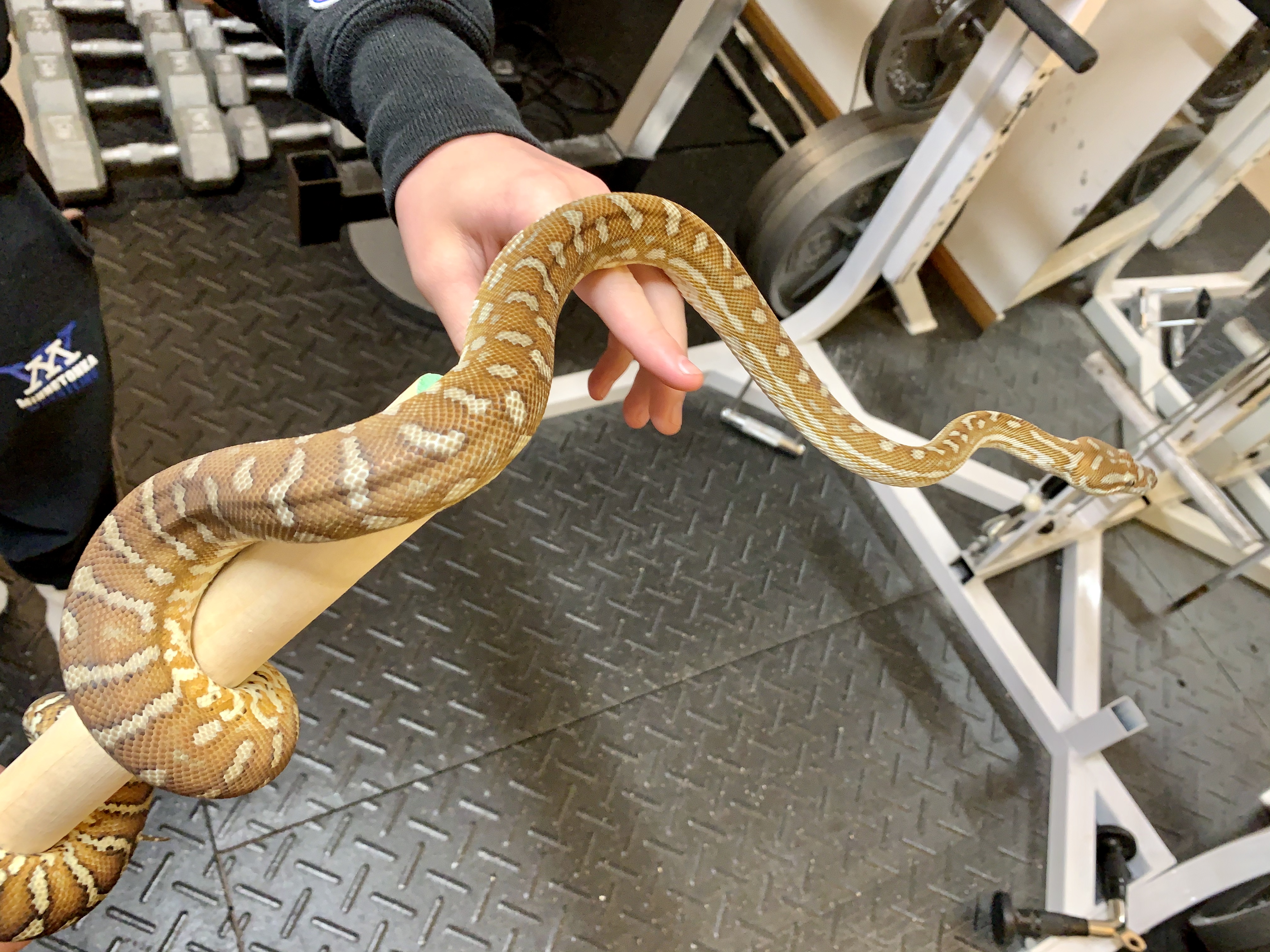This is the genetic makeup of my guy.
I got him April 28. 2020.
He's a September 2017 animal. He was obviously much larger than a baby.
Depending on the lighting he can look very hypo, or more normal. The blacks were already prominent in the lower 1/3rd of his body.
With some different lighting he looks much more hypo. This is still day one of his arrival.
I am in agreement with the research regarding UV light especially with this species. I don't use it in any of may cages, however in the summer when I take this one outdoors, his colors improve, or change if he gets out frequently and stays out. It takes more than a few days to be noticeable but I do see differences.
He's older here. He likely hasn't been out often. This picture does show the lower portion of the animal compared to the upper.
This is one of the most recent photos of him. He's going to be 6 years old in September. His coloring is darker although the picture is in the winter and he may have been pre-shed here. He didn't eat from October until the middle of this month. I suspect his tail will continue to get darker with age.
I'm going to try to get him outside more this summer to see exactly what exposure to a lot of sunlight will do to the coloring.
I do like the fact that even the "tweaked" Bredli stay somewhat close to the natural specimens. Obviously selective breeding for anything will yield animals that don't look like their wild relatives. This species isn't exactly a color cornucopia so it stands to reason that even the "special" ones will still have a look closer to a wild type the other carpets.
Bottom line,
If you don't want the total hypo look, you should be happy with the 50%. It looks like an above average wild type IMO.
















 Reply With Quote
Reply With Quote